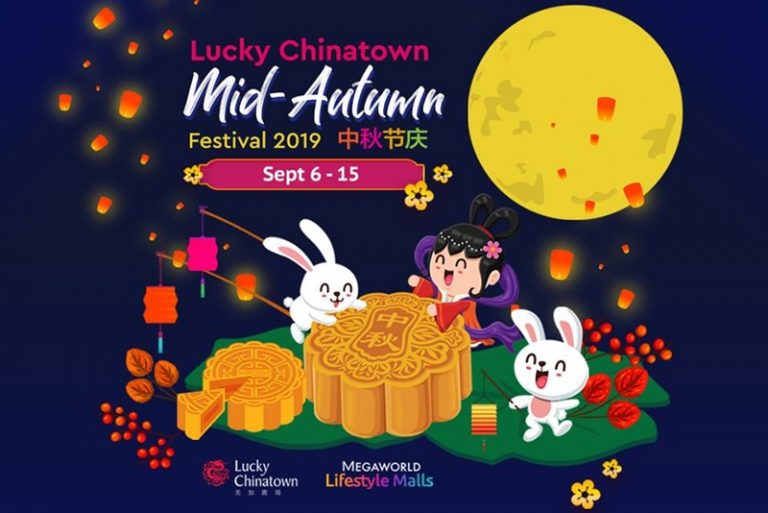


In celebration, Emperor Zhu ordered the mooncakes used be given to soldiers and the people.įrom that grew the custom of consuming mooncakes to celebrate Mid-Autumn Festival. The ploy worked and the rebels successfully took the capital of the Yuan Dynasty-today's Beijing - and so began the Ming Dynasty. Zhu's troops came up with the idea of hiding notes containing the date of the revolt in mooncakes and distributing them to resistance forces. In the late Yuan Dynasty (1271-1368), people were tortured by the cruel government, which prompted a nationwide rebellion. Zhu sought to launch an uprising on the night of Mid-Autumn Festival but it was difficult to get his orders to his supporters, as raids by government forces were intense. Goddess & Rebellion: Here Are The Legends Behind Mid-Autumn Festival & Why We Eat Mooncake. At that timethe general populace, faced with the unbearably cruel governing, rose up against the Yuan Government in succession. The custom of eating moon cakes on Mid-Autumn Festival is said to have begun in the end of Yuan Dynasty (1271-1368).
MIDAUTUMN FESTIVAL AND UPRISING FULL
In the late Yuan Dynasty (1271-1368), people were tortured by the cruel government, which prompted a nationwide rebellion. T he Mid-Autumn Festival is observed by millions of people across East Asia on the 15th day of the eighth month of the lunar calendar. Full coverage: Chinese Mid-Autumn Festival. The tradition of eating mooncakes on the festival is believed to be linked to Zhu Yuanzhang, founder of the Ming Dynasty (1368-1644). It falls on the 15th day of the eighth month in the lunar calendar, which is when the moon is at its biggest and brightest. (photo/Wikimedia Commons, the free media repositor) The Mid Autumn Festival is an ancient Chinese celebration of the full moon, family, and harvest. A portrait of Ming Emperor Zhu Yuanzhang.


 0 kommentar(er)
0 kommentar(er)
